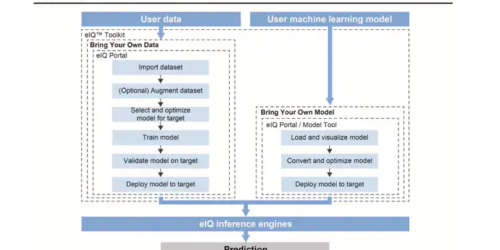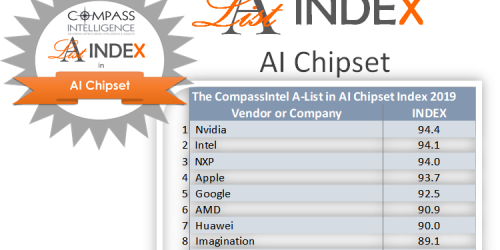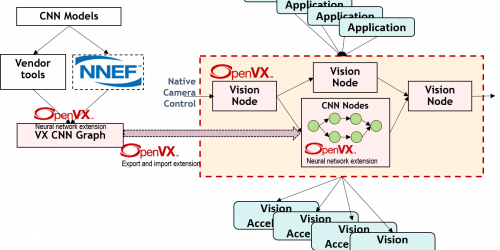Machine Learning Goes Mainstream – NXP’s eIQ ML Software Development Environment Just Got Smarter and Friendlier
This blog post was originally published by NXP Semiconductors. It is reprinted here with the permission of NXP Semiconductors. Edge intelligence is one of the most disruptive innovations since the advent of the Internet of Things (IoT). While the IoT gave rise to billions of smart, connected devices transmitting countless terabytes of sensor data for […]





